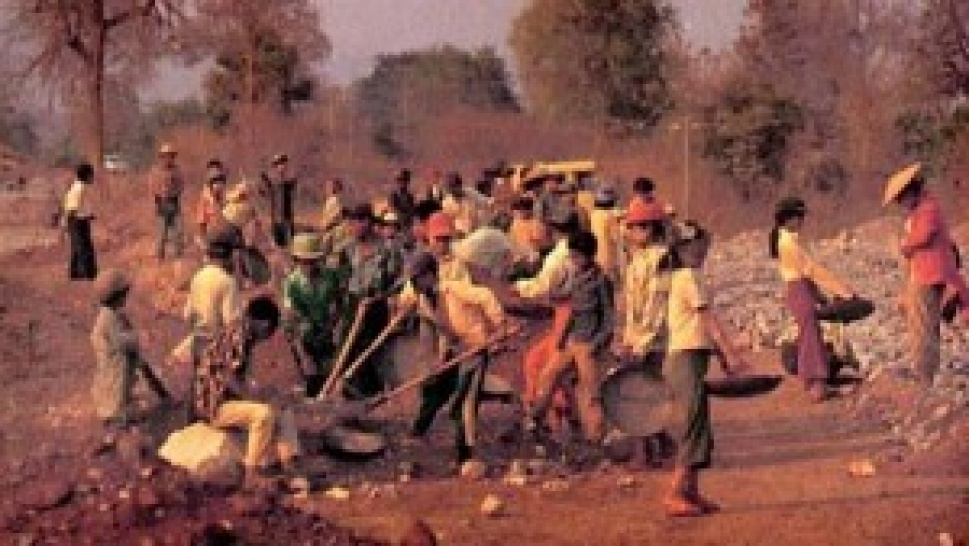The term “forced or compulsory labour” is defined by the ILO Forced Labour Convention, 1930 (No. 29).
A part from the convention: ''Each Member of the International Labour Organisation which ratifies this Convention undertakes to suppress the use of forced or compulsory labour in all its forms within the shortest possible period.''
Abolition of Forced Labour Convention, 1957 (No. 105)
Each Member of the International Labour Organisation which ratifies this Convention undertakes to suppress and not to make use of any form of forced or compulsory labour.
(a) as a means of political coercion or education or as a punishment for holding or expressing political views or views ideologically opposed to the established political, social or economic system;
(b) as a method of mobilising and using labour for purposes of economic development;
(c) as a means of labour discipline;
(d) as a punishment for having participated in strikes;
(e) as a means of racial, social, national or religious discrimination.
The broad policies of the ILO are set by the International Labour Conference, which meets once a year in June, in Geneva, Switzerland. This annual Conference brings together governments', workers' and employer's delegates of the ILO member States.

ILO Global Estimate of Forced Labour
Forced labour is classified into three main categories or forms: forced labour imposed by the State, and forced labour imposed in the private economy either for sexual or for labour exploitation.
Of the total number of 20.9 million forced labourers, 18.7 million (90%) are exploited in the private economy, by individuals or enterprises. Out of these, 4.5 million (22% total) are victims of forced sexual exploitation, and 14.2 million (68%) are victims of forced labour exploitation, in economic activities such as agriculture, construction, domestic work and manufacturing. The remaining 2.2 million (10%) are in state-imposed forms of forced labour, for example in prison under conditions which contravene ILO standards on the subject, or in work imposed by the state military or by rebel armed forces.

Ratifications of C105 - Abolition of Forced Labour Convention, 1957 (No. 105)
ILO Expert Meeting Aims to Develop New Standards on Forced Labor and Trafficking
Workers and workers’ organizations have a tremendous stake in eliminating child labor and forced labor, since these exploitative and illegal labor practices can drive down wage rates for adult workers as well as harming their children. Where safe and accessible channels are available, workers can lodge complaints about labor abuses to be investigated by the government, companies, or monitors
Civil society groups can engage with companies in a variety of ways, from helping companies identify areas of child and forced labor risk, to providing direct remediation services, to carrying out independent third-party review of company programs. Finally, consumers and investors, through their choices, can influence companies to implement or to improve their social compliance systems.
Labor Letter, November 2013: Compliance With Child And Forced-Labor Laws
Please watch this videos and wake up !! This problem affect all of us.




Share the News